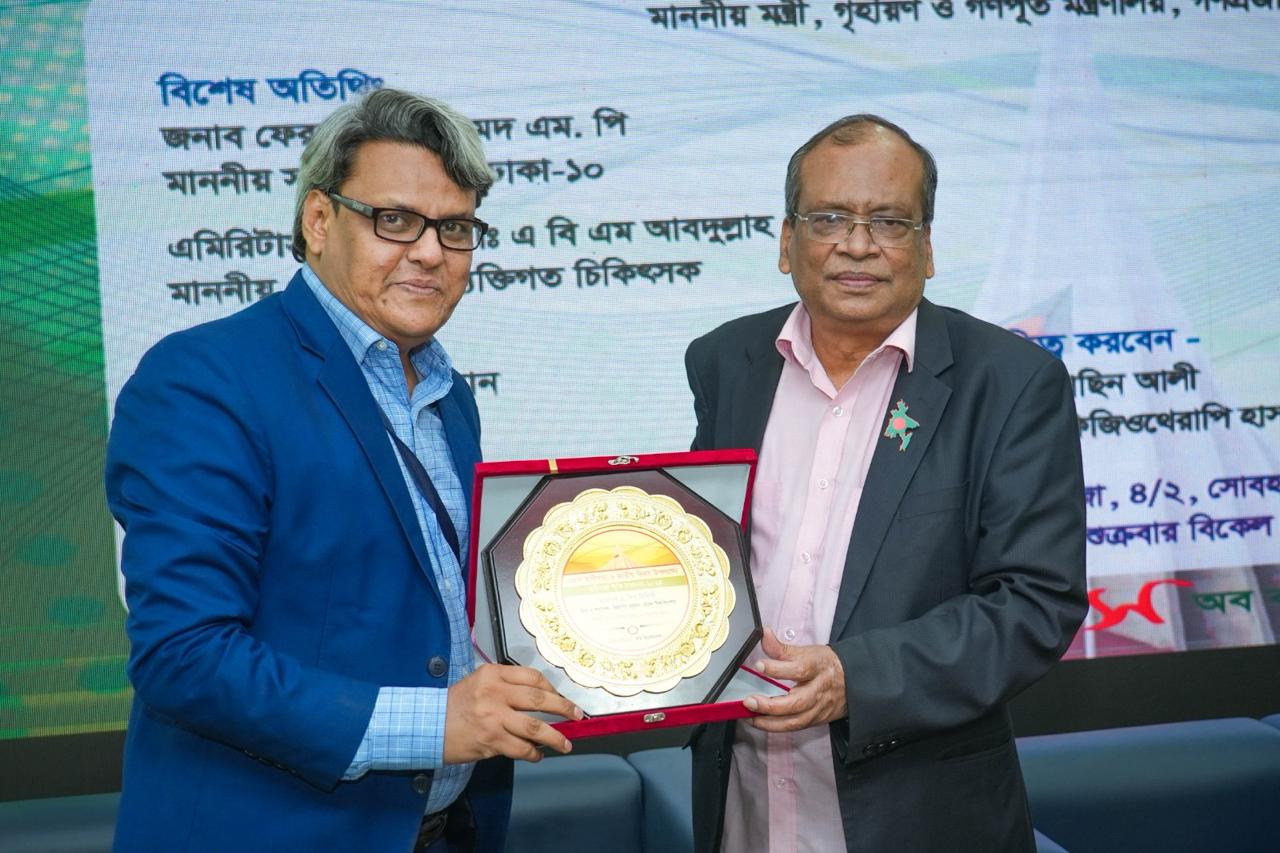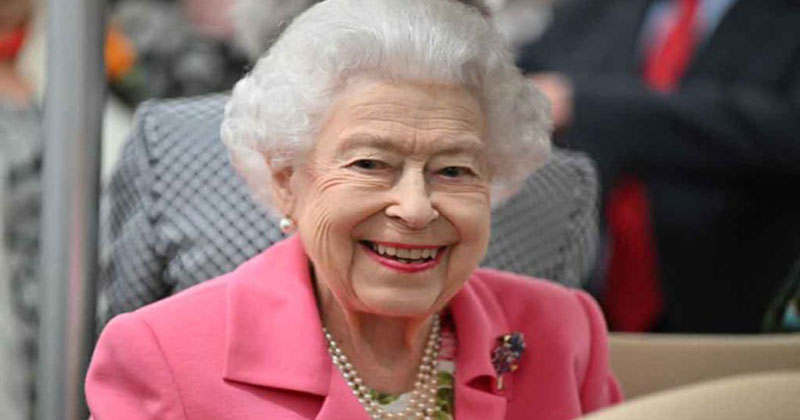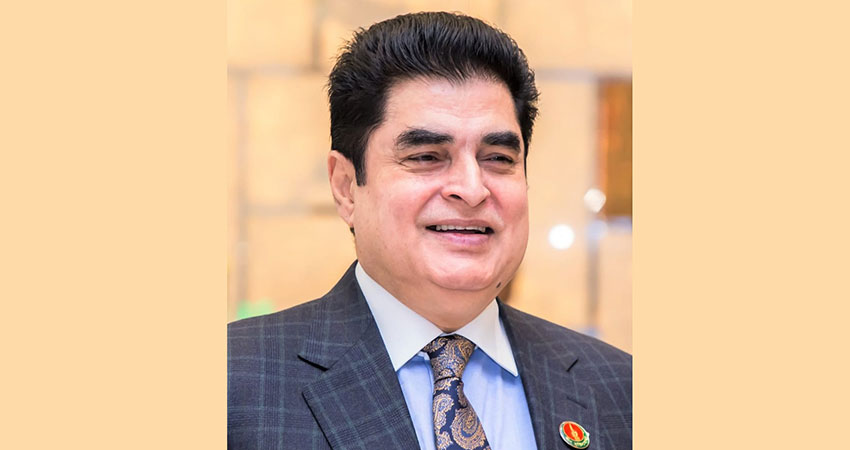Jun 7, 1966, remains a milestone in Bangladesh’s history. Five decades and six years on, it is time to revisit history.
In the moving chronicles of history, there come certain defining moments in the evolution of nations. In Bangladesh’s case, such a moment came on Feb 5, 1966, when Sheikh Mujibur Rahman, general secretary of the Awami League, revealed in Lahore a broad-ranging formula for regional autonomy for the federating provinces of Pakistan.
That formula was of course the Six Point plan, which in time would branch out to a wider movement and eventually culminate in an armed struggle for East Pakistan’s emergence as the independent People’s Republic of Bangladesh.
The Six Points placed Mujib and a large section of Bengali Awami Leaguers on a collision course with the All-Pakistan Awami League led by Nawabzada Nasrullah Khan. They also drew the ire and fury of President Mohammad Ayub Khan, who openly threatened to use what he called the language of weapons against the proponents of the Six Points. The plan, as Ayub and his regime saw it, was aimed at causing Pakistan’s break-up and the exit of its eastern province from the rest of the country.
And then there were the conspiracy theorists, especially among the Left, who convinced themselves that the Six Points were but a political formula shaped in the United States, or more particularly in the corridors of its Central Intelligence Agency (CIA).
At home in East Pakistan, politicians not in the Awami League turned on Sheikh Mujibur Rahman over what they considered to be an ill-conceived programme of political action. And quite a few among the Bengali segment of the Awami League, most of whom had disapproved of the course the party had taken following the death of Huseyn Shaheed Suhrawardy in 1963, felt uncomfortable at what they thought was a radical and dangerous plan.
Within weeks of the Six Points taking centre stage in Pakistani national politics, Foreign Minister Zulfikar Ali Bhutto, yet to begin griping over the Tashkent Declaration and eventually leaving the Ayub regime, offered to debate Sheikh Mujibur Rahman on the plan at Dhaka’s Paltan Maidan. In the event, Mujib ignored Bhutto’s challenge.
It was Tajuddin Ahmad, the young and cerebral rising star in the Awami League, who made it known that he would debate Bhutto at Paltan Maidan. In the event, Bhutto went silent. He did not turn up in Dhaka at all. It remains a point in history that in subsequent times, Bhutto was to be in mortal dread of Tajuddin. In March 1971, he would advise General Yahya Khan to keep the focus on Tajuddin, who in Bhutto’s eyes was a dangerously formidable figure in the Awami League.
The Six Points, which the East Pakistan Awami League formally adopted on Mar 18, 1966, were the following:
Pakistan will be a federation in the true sense on the basis of the Lahore Resolution of March 1940, with the form of government being parliamentary in nature and elected through a universal adult franchise;
The federal government shall deal with only two subjects, namely, foreign affairs and defence, with all other subjects to be handled by the federating units;
Two separate but freely convertible currencies for the two wings of Pakistan may be introduced or a single currency may be used, with guarantees that there will be no flight of capital from East to West Pakistan, the guarantees being in the form of a separate reserve bank to be set up for East Pakistan;
Powers of taxation and revenue collection shall vest in the federating units, with the federal government to be provided with its share of taxes through levies of a certain percentage from all state taxes;
There shall be two separate accounts for foreign exchange earnings for the two wings;
A separate paramilitary force shall be set up for East Pakistan.
Between March and early May 1966, Sheikh Mujibur Rahman and his lieutenants Tajuddin Ahmad, Syed Nazrul Islam, M. Mansoor Ali and Khondokar Moshtaque Ahmed crisscrossed the province drumming up support for the Six Points. By way of countering the groundswell of support for the plan, Governor Abdul Monem Khan, a fawning Ayub loyalist, threatened the Awami League leaders with imprisonment.
On May 8 that year, Sheikh Mujibur Rahman was detained under the Defence of Pakistan Rules. Most of his colleagues were carted off to prison as well, leaving the party in the hands of its acting president Syed Nazrul Islam and acting general secretary Mizanur Rahman Chowdhury, who at the time was a member of the Pakistan national assembly.
An embattled Awami League called a general strike (hartal) on 7 June 1966 in the province to generate support for the Six Points and call for the release of its detained leaders.
Mizanur Rahman Chowdhury and Amena Begum played a highly visible and prominent role as they prepared the demoralised party for the strike. At the same time Mizan Chowdhury and other Awami League MNAs, among whom was Professor Yusuf Ali, raised the issue of government repression in the Pakistan national assembly, thereby giving the Six Points a countrywide dimension.
The government, for its part, compelled newspapers in both East and West Pakistan to refrain from publishing any news report of the hartal.
Despite the media censorship, the hartal was observed in totality throughout East Pakistan, a fact reinforced by the deaths of a number of individuals through police firing. The following day, June 8, newspapers carried only the government version of the previous day’s happenings. And the version was to portray the ‘violence’ allegedly let loose by Awami League supporters on the streets.
Following the hartal, the AL decided, formally on July 23-24, to launch the second phase of the movement in August. It was at this point that Amena Begum, secretary of the women’s branch of the Awami League, came in again. She launched the second phase at a public meeting on August 17, 1966 in Chittagong.
In the same month, Amena Begum and Syed Nazrul Islam embarked on a tour of the province as part of a campaign to popularise the Six Point programme among the masses.
The Six Points were to turn into the Magna Carta of the Bengalis over the next few years. A furious Ayub regime would bring charges of conspiracy to break up Pakistan against Sheikh Mujibur Rahman in what would come to be known, in popular parlance, as the Agartala Conspiracy Case. Officially, the case was termed ‘State versus Sheikh Mujibur Rahman and Others’.
The case collapsed in the face of a Mass Upsurge in East Pakistan. Sheikh Mujibur Rahman was freed on Feb 22, 1969 and on the following day an adoring Bengali nation anointed him as Bangabandhu.
Launching the Awami League election campaign in January 1970, Bangabandhu informed the nation and indeed all of Pakistan that the electoral exercise would be a referendum on the Six Points. His people heeded his call. Of the 169 national assembly seats earmarked for East Pakistan, the Awami League garnered 167 in the elections held in December 1970. Overall, on an all-Pakistan basis, the Awami League under Bangabandhu’s leadership achieved an absolute majority in the 313-seat national assembly.
The rest is history — of the Pakistan army and West Pakistan’s entrenched ruling classes repudiating the election results and launching a genocide in Bangladesh; of Bangabandhu declaring Bangladesh’s independence before he was taken into custody by the junta; of Bangladesh’s first government formally taking form and substance under the leadership of Tajuddin Ahmad in April 1971; of the Mukti Bahini waging war for the liberation of the country; of three million Bengalis sacrificing their lives on the altar of freedom.
The Six Points reconfigured Bengali history. They led to One Point, that of national freedom. On Dec 16, 1971, Bengalis cheerfully cut their ties loose with Pakistan when 93,000 Pakistani soldiers surrendered at the Dhaka Race Course to the India-Bangladesh Joint Command.
Bangabandhu Sheikh Mujibur Rahman, Father of the Nation, came home from incarceration in Pakistan in January 1972 to his sovereign homeland.
In the space of a little over five years, the Six Points had made the difference.
Syed Badrul Ahsanis a politics and history analyst
Source: bdnews24.com
Six Points, Jun 7, 1966 … and the road to liberty



















